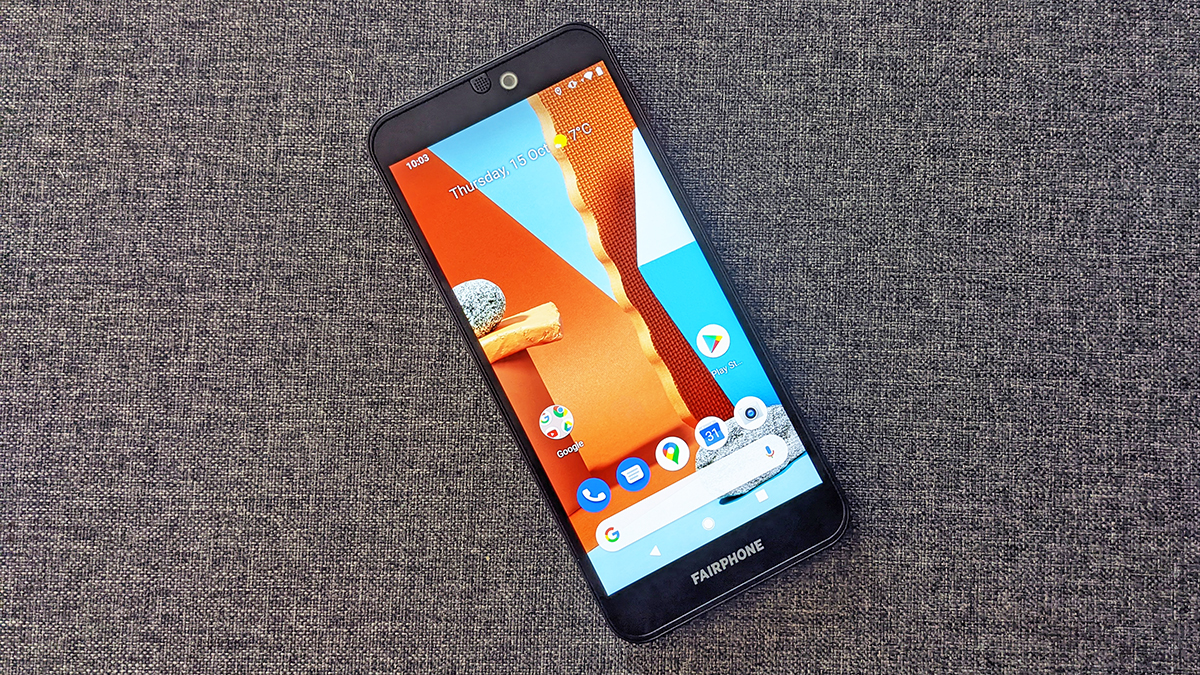TechRadar Verdict
The Fairphone 3 Plus, like the Fairphones before it, stands out as the number one ethical, eco-friendly smartphone choice. That approach is either going to compel you to buy it, or make you look elsewhere for better options in terms of performance and camera quality.
Pros
- +
Sustainable and ethical
- +
Modular design
- +
Very reasonable price
Cons
- -
Average performance
- -
Single rear camera
- -
Relatively small display
Why you can trust TechRadar
Two-minute review
Reviewing smartphones isn't as easy as it might look, because every smartphone buyer is different: some value camera quality, others value performance, while others want a huge screen. Some people want excellent battery life and don't care about how thick that makes the phone; others prize phone thinness and aren't so bothered about time between charges.
You might say that theoretically the best phone is the one with the most advanced camera array, the fastest internals, the longest-lasting battery, and the sharpest screen – but then the associated price of that handset would mean it's not the best choice for a lot of buyers.
All of which brings us to the Fairphone 3 Plus, which is first and foremost a phone built on principles of sustainability. While the big phone makers are making an increasing amount of noise about how environmentally friendly and ethically run their phone manufacturing processes are, none of them get close to Fairphone in this regard.
40% of this phone is recycled plastic, it sets the bar for repairability and replaceability (you can swap out multiple components thanks to its modular design), and its materials are sourced from transparent organizations and operations that are fair to both their workers and the planet.
Everything else that the phone brings with it has to be weighed up against those values – putting that kind of philosophy in place means Fairphone can't offer the best screen, or the most advanced camera, or the best value handset in the business.
If you want a smartphone that has a minimal impact on the planet, the Fairphone 3 Plus is far and away the best, five-star choice – but that approach means it's not going to be all that interesting if you'd rather have the latest, cutting-edge tech instead.
What the Fairphone 3 Plus does show is the organization making real progress in getting the smartphone industry to rethink its ways – producing a handset that's kind to the planet and the people affected by its production doesn't mean you have to put up with sub-par technology.
Sign up for breaking news, reviews, opinion, top tech deals, and more.
Fairphone 3 Plus release date and price
- Out now
- Costs £425 (roughly $555 / AU$775)
- Not available outside Europe
For now, Fairphone doesn't sell its phones outside of Europe. You can pick up the Fairphone 3 Plus now direct from the company for £425 (roughly $555 / AU$775) in the UK, or €469.00 if you're in the rest of Europe.
It's worth emphasizing right at the start how similar this phone is to the Fairphone 3 (perhaps the reason for the Plus name).
The main upgrade is in the cameras, and thanks to Fairphone's modular approach, you can buy the camera module separately for £54.95 / €59.95 if you want to boost the capabilities of your existing Fairphone 3.
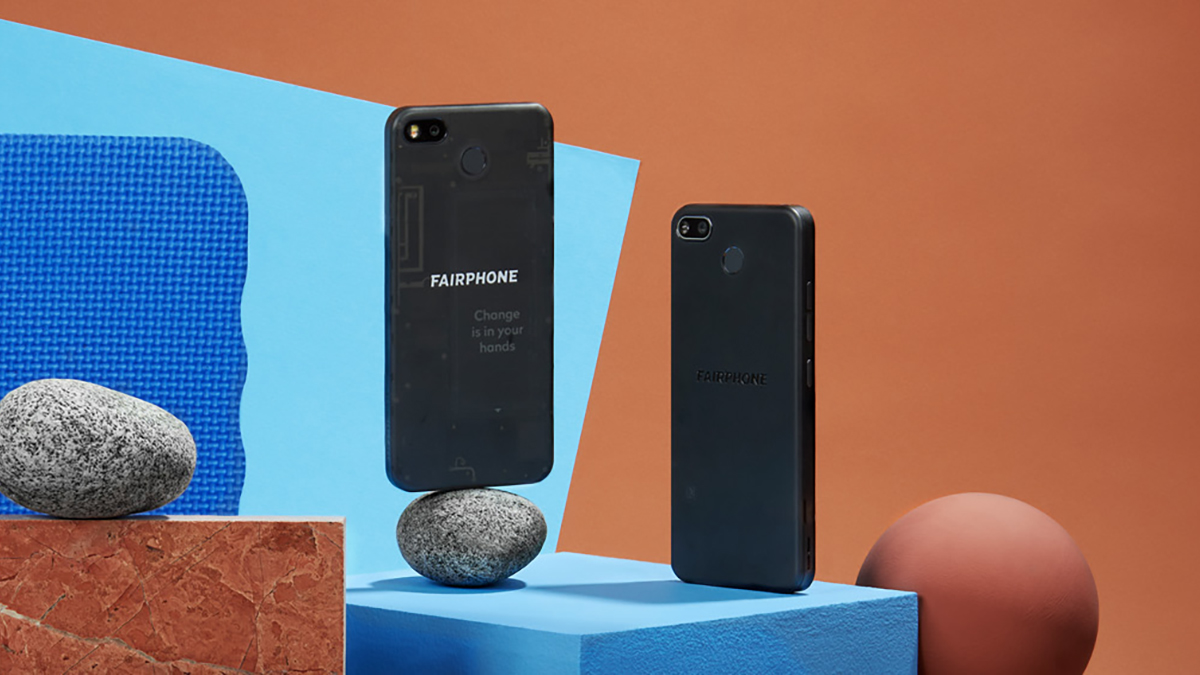
Design
- Designed to be opened
- 40% recycled plastic
- Comfortable and light to hold
The Fairphone 3 Plus design has a slightly outdated air about it, with thick bezels sitting above and below the display (though Apple still gets away with them).
It's not an unappealing aesthetic by any means, but it looks like a budget phone, and it's heavy on the plastic (which is why Fairphone is able to use so many recycled materials in the making of this device).
Along the left-hand side of the phone as you look at it you've got both the volume and the power controls, which is slightly unusual, and the Fairphone 3 Plus includes a 3.5mm headphone jack so you can bring your existing wired headphones along. Like the Fairphone 3, USB-C is used here, though there's no cable or charger in the box to minimize e-waste.
Another nice nod towards eco-friendliness is the small screwdriver you get for repairs and replacements, and you can even use the Fairphone 3 Plus packaging to return your current handset to Fairphone for recycling, if you'd like.
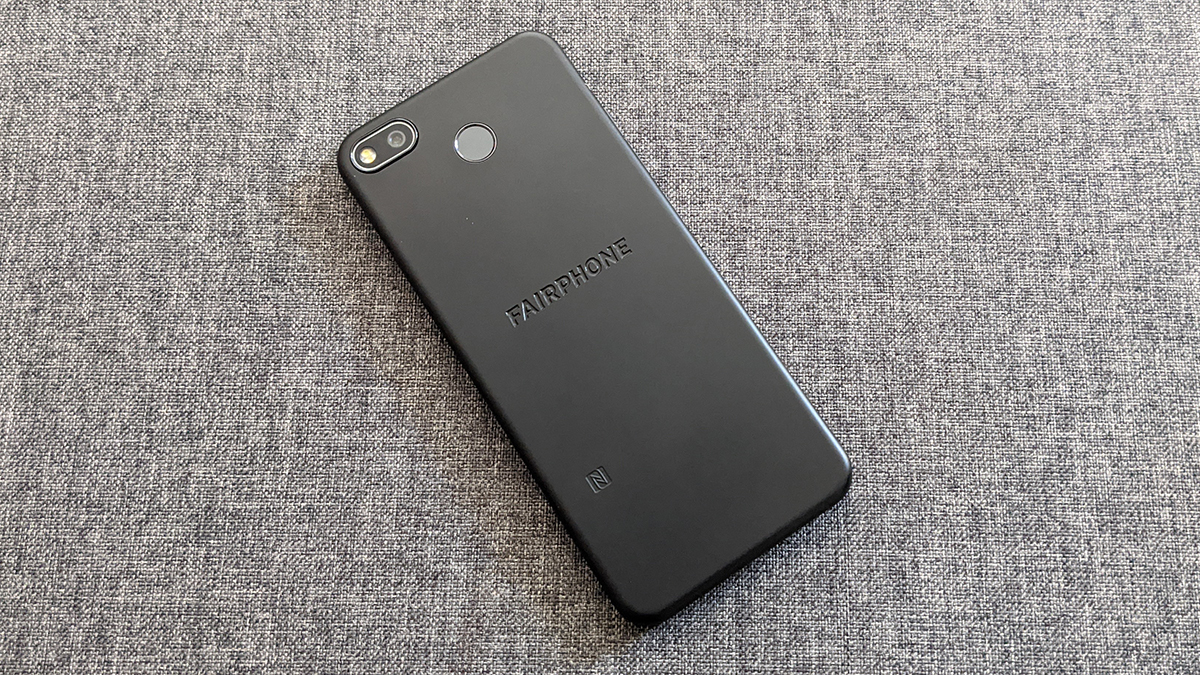
The real beauty of the Fairphone 3 Plus is in how easy it is to open up – whether you want to replace or upgrade a component, it's very straightforward. The text "Designed to be opened" is written on the side of the phone, and that sums up the modular approach the handset takes, just like its predecessor.
Okay, you might not be doing serious repairs to your smartphone on a regular basis, but Fairphone is the only phone maker to get a perfect 10/10 score from iFixit for repairability. Should new and improved cameras come along, you'll be able to install them; should the battery start to fade, you'll be able to swap it out for a new one (replaceable phone batteries – remember those?).
All of this challenges the idea that you need a new phone every year or every two years – maybe you can carry on upgrading components in your existing phone instead? Fairphone hasn't introduced a brand new phone this year – instead it's introduced a modular upgrade on last year's phone.
Display
- 5.65-inch, 1080 x 2160 display
- Bright and crisp
- No HDR support
You do make some compromises with the Fairphone 3 Plus, and the screen is one of them – this is very much a mid-range panel, but that said, it does do all the jobs that you need a smartphone display to do.
The LCD panel measures 5.65 inches corner to corner, and runs at a respectable resolution of 1080 x 2160 pixels. You don't get the HDR support you do on more expensive panels, but that's a nice extra rather than an essential feature.
For movies, gaming and web browsing you'll have no problems at all: in our experience details are sharp and colors are well balanced. The lack of HDR isn't a huge problem, though brightness and contrast could be improved.
It's not a bad display, but you can tell the difference between this and the super-slick, high-refresh-rate, HDR-enabled OLED screens fitted to flagship phones if you put them side by side.
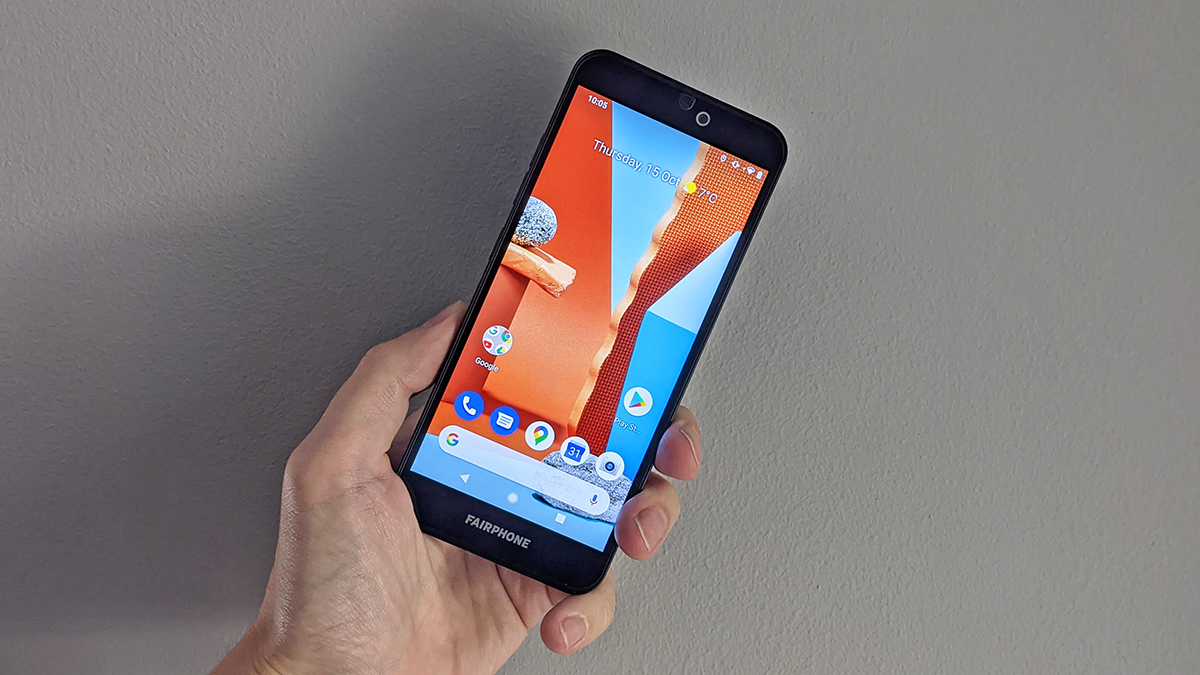
As the top and bottom bezels on the phone are so chunky, there's no need for a notch or a punch hole, so the display is at least one that's uninterrupted by anything else (something to bear in mind if you find notches annoying while you're trying to watch videos).
We didn't notice any stuttering or artefacts on screen while we were binge watching some shows over the web, and it works rather well as an entertainment device.
That 5.65-inch size is relatively small by modern day standards, so you need to factor in how much room this gives you for apps and websites. The resolution is comparable to other phones at this price point, so you'll be able to fit the same amount of stuff on screen, but those pixels will be smaller and more tightly packed together.
It's not a major problem though, and we didn't have any issues with the screen while reading text on the web and flicking endlessly through social media feeds for hour after hour. Some people may actually prefer the smaller size – it feels like you're holding something less likely to break apart, and of course it's much easier to slide into a pocket or a bag as well.
Camera
- 48MP rear camera
- Most shots are fine
- Struggles in low light
The main upgrade in the Fairphone 3 Plus over the Fairphone 3 is the camera module, which jumps from a 12MP affair to a 48MP lens (there's no multi-camera setup here).
Fairphone promises "beautiful, sharp images and videos" and it delivers on this a lot of the time, though this isn't the phone to buy if you're interested in advanced mobile photography involving wide-angle shots and telephoto zoom.
As a point-and-shoot snapper for posting your life on social media or keeping a record of the kids, the camera on the Fairphone 3 Plus is perfectly fine. Smartphone camera tech has developed to the point where even budget phones can take decent snaps, and as long as you've got good lighting and a steady hand, you can take some impressive shots.
Shutter speed is good, with images captured very quickly, and the 48MP camera upgrade also comes with some neat extras such as autofocus and scene optimization. There's even some detailed camera settings available if you dig into the Pro mode, though we couldn't really tell if it made that much of a difference.

Upon closer analysis in an image editor, the pictures captured by the Fairphone 3 Plus capture some good levels of detail and color.
There is onboard HDR processing, so the camera copes reasonably well with balancing out the lightest and darkest parts of an image, although as the light starts to fade and the zoom levels increase you do get some noise creeping in. It's maybe not the phone to rely on if you're looking to make big canvas prints of your snaps.
Night-time shooting isn't much to write home about, with no dedicated night mode and none of the fancy image processing that many other phones have. It can't rescue really dark shots like the similarly priced Google Pixel 4a can, for example, but as we've said before, even budget camera lenses aren't bad these days – if you can get at least some light on a scene and keep your subjects still, you should be okay.
Around the front there's a 16MP selfie camera which does a decent job and is perfectly acceptable, and video recording goes up to 4K at 30 frames per second.
The camera is one area where other phones in the budget and mid-range sections of the market tend to outshine the Fairphone 3 Plus, but as long as you're not too demanding in what you want from your shots, it'll serve you well enough.
Camera samples


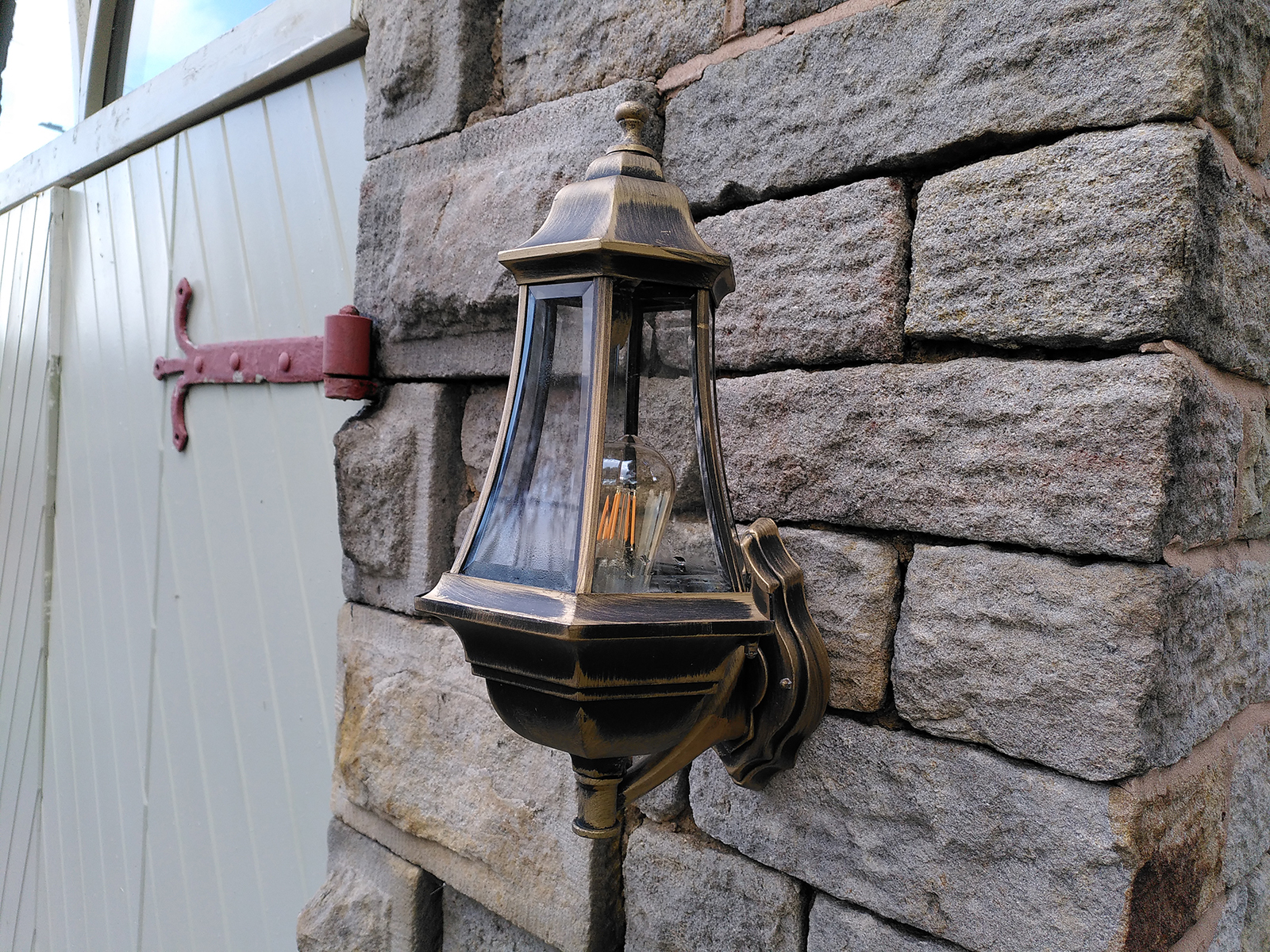




Specs and performance
- Snapdragon 632 chipset
- Mid-range performance
- Android 10 on board
The Fairphone 3 Plus matches the Fairphone 3 in most respects, as far as specs are concerned: that means a mid-range Qualcomm Snapdragon 632 chipset, 4GB of RAM, and 64GB of built-in storage, which you can expand via the microSD card slot.
It's about the minimum spec you'd want to run Android comfortably, and indeed it does run Android comfortably, with very little in the way of lag or stuttering.
You'll be able to run just about anything you like from the Google Play Store, though more demanding games will take longer to load and play less fluidly, and the most intensive might be difficult to play at all.
For the vast majority of day-to-day tasks though, the Fairphone 3 Plus copes with no problems at all, even if you don't get the zippiness of phones a little higher up on the pricing scale.

Geekbench 5 scores of 272 (single-core), 1,233 (multi-core) and 295 (OpenCL) are further evidence of the phone's budget-to-mid-range credentials, though as we've said in our time with the handset, we didn't find performance to be an issue.
It's not the phone to get if you want to zoom between your apps and browser tabs at a blistering pace, but it's worth the trade-off for everything else the Fairphone 3 Plus stands for.
The fingerprint sensor around the back of the phone works perfectly well – we prefer having it here to having it on the power button at least.
Audio performance is good too, with the Fairphone 3 Plus able to reach an impressive level of volume without becoming distorted, even if the audio is lacking in a certain finesse in terms of detail. You'll be able to listen to podcasts and even the odd tune with no problems at all.
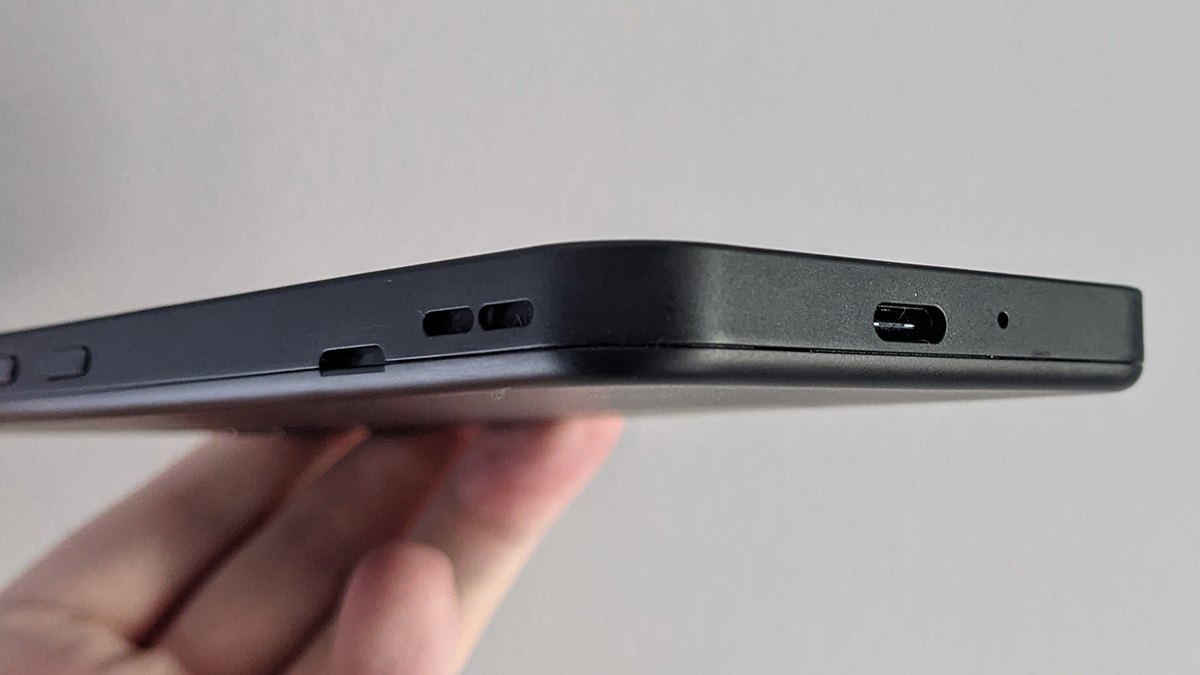
You'll have to do without IP68 protection from water or dust, so don't drop it in the washing up bowl, but there is support for dual SIMs if you want to keep your work life and your personal life together on the same phone.
Speaking of protection, the screen uses Corning Gorilla Glass 5, which is a few years old at this point but which should keep your display protected against bumps and the occasional drop (the plastic casing that rises just above the screen helps here too).
Fairphone isn't the best at pushing out Android updates – its priorities are elsewhere – but the Fairphone 3 Plus comes with Android 10, and if previous Fairphone handsets are anything to go by then Android 11 should turn up at some point. The version of Android that Fairphone uses is at least clean and lightweight, with all the Google apps pre-installed and full access to the Google Play Store.
Battery life
- 3,040mAh battery
- Holds a charge for a day
- No wireless charging
One of the advantages of combining a screen that isn't so premium with components that aren't as cutting edge is that there's less of a draw on battery life, and the 3,040mAh battery fitted here – while small by 2020 flagship standards – will comfortable get you through a day of use with a bit to spare.
When playing a feature-length video, running at full screen brightness and a modest volume, the battery of the Fairphone 3 Plus dropped from 100% to 70% – that's only 6 or 7 hours of video in total, which is on the low side, but with a dimmer screen and headphones you could stretch that out.
Fairphone says the phone is good for about 20 hours of calling between battery charges, which sounds about right to us.

Despite the average performance for video playback, we found the Fairphone 3 Plus usually had a charge of 20% or so left at the end of each day – it seems to hold its charge particularly well when it's not being used, and less so when you're actually on it.
If you really push it hard with GPS and video calls through the day then you might be looking for a charger by the evening, but it's not a major problem.
There's no wireless charging or fast charging with the Fairphone 3 Plus – two of the extra goodies you give up for a phone at this price and with these principles behind it. You should be able to charge it up from empty to full in the space of about three and a half hours, so it's an overnight job really.
Should I buy the Fairphone 3 Plus?

Buy it if...
You want to minimize your impact on the planet
The Fairphone 3 Plus stands head and shoulders above other handsets when it comes to what it's trying to do for the planet – and we need to all be sitting up and taking notice.
You want a phone that lasts
Fairphone has refined its modular design over time, as the Fairphone 3 Plus proves. You really can upgrade individual components of this phone rather than the entire handset.
You want to keep the costs of your next phone down
Even with all the eco-friendly and ethical premiums baked into its manufacture, the Fairphone 3 Plus still comes in at a very reasonable lower mid-range price point.
Don't buy it if...
You need top performance
The performance of the Fairphone 3 Plus isn't going to hold up against the most advanced games and apps, or the busiest workflows, and power users may need a bit more oomph.
You have the Fairphone 3
The beauty of the Fairphone approach typified: if you've got the Fairphone 3 then you can just pay for the camera module upgrade and you've basically got a Fairphone 3 Plus.
You need the latest software
It might take a while for Android 11 to make its way to the Fairphone 3 Plus, but with Google updating its apps independently, this doesn't matter as much as it once did.
First reviewed: October 2020

Dave is a freelance tech journalist who has been writing about gadgets, apps and the web for more than two decades. Based out of Stockport, England, on TechRadar you'll find him covering news, features and reviews, particularly for phones, tablets and wearables. Working to ensure our breaking news coverage is the best in the business over weekends, David also has bylines at Gizmodo, T3, PopSci and a few other places besides, as well as being many years editing the likes of PC Explorer and The Hardware Handbook.
